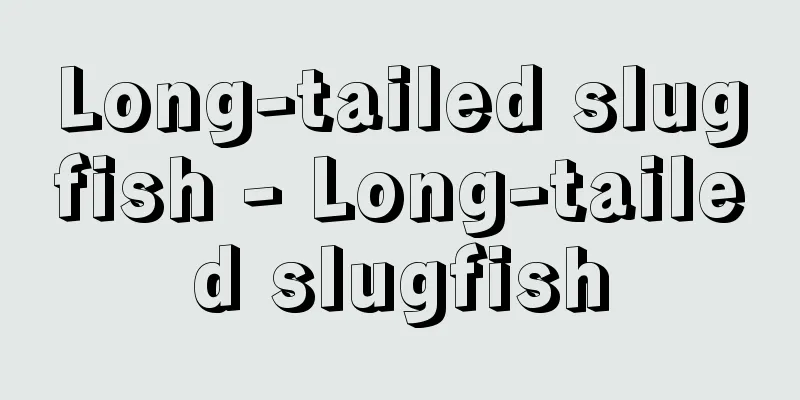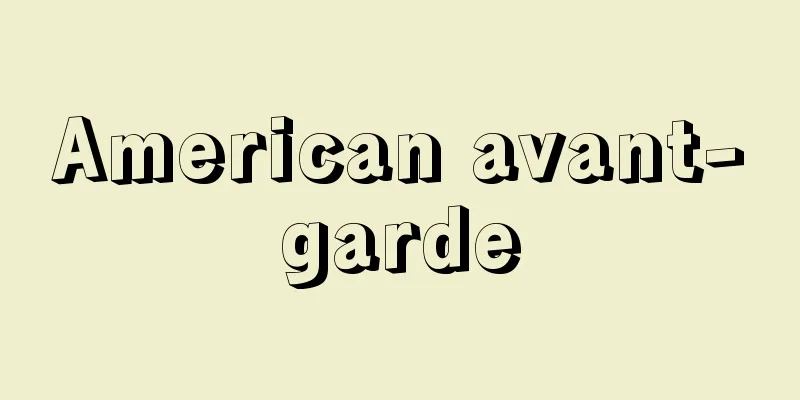Exonerated - Menso

|
Under the Criminal Procedure Law, this is a judgment that is handed down when there are reasons that prevent the determination of the existence or nonexistence of an undetermined specific right to punish. It was introduced from French law into Japan's Criminal Justice Law (Dajokan Proclamation No. 37 of 1880), and since then, although there have been changes in the grounds for exemption, it has been consistently recognized. However, pretrial exemption disappeared with the abolition of pretrial examination, and now, a judgment of exemption is handed down when (1) a final judgment has already been made on the crime, (2) the punishment has been abolished by a law after the crime, (3) there is an amnesty, or (4) the statute of limitations has expired (Criminal Procedure Law, Article 337). There is a debate in academic theory as to whether a judgment of exemption is essentially a substantive trial (a trial that determines whether the accused is guilty or not guilty of the charges) or a formal trial (a trial that terminates a lawsuit for procedural reasons such as dismissal of the charges), but the formal trial theory is the prevailing view. Case law also states that when there is an amnesty, the court cannot conduct a substantive trial on the existence or nonexistence of the indictment or the success or failure of the crime, simply to issue a judgment of acquittal, and that the party cannot appeal against a judgment of acquittal based on amnesty by asserting innocence (Supreme Court Grand Bench decision of May 26, 1948). However, it is said that a judgment of acquittal, like a judgment of guilty or not guilty, has res judicata effect (meaning the effect of a previous judgment on subsequent lawsuits, mainly the effect of double jeopardy). In the so-called Takada case (a case that occurred in 1952 and was suspended for over 15 years), a judgment of acquittal was issued in accordance with Article 37, paragraph 1 of the Constitution when a situation occurred that violated the provision guaranteeing a speedy trial (Supreme Court Grand Bench decision of December 20, 1972). [Ichiro Uchida and Morikazu Taguchi] Source: Shogakukan Encyclopedia Nipponica About Encyclopedia Nipponica Information | Legend |
|
刑事訴訟法上、未確定の具体的刑罰権の存否の確定化を妨げる事由があるときに言い渡す判決をいう。フランス法から日本の治罪法(明治13年太政官(だじょうかん)布告第37号)に導入され、以後、免訴事由に変動はあるが、一貫して認められてきている。ただ予審免訴は予審の廃止とともに姿を消し、現在は、(1)事件についてすでに確定判決を経たとき、(2)犯罪後の法令により刑が廃止されたとき、(3)大赦があったとき、(4)公訴時効が完成したときに、免訴の判決が言い渡される(刑事訴訟法337条)。免訴の判決の本質が実体裁判(起訴の理由について有罪か無罪かの判断をする裁判)なのか形式裁判(公訴棄却など手続上の理由から訴訟を打ち切る裁判)なのかについては学説上争いがあるが、形式裁判説が通説とされている。判例も、大赦があったときは、裁判所は単に免訴の判決をすべく、公訴事実の存否または犯罪の成否などについて実体上の審判を行うことはできず、また、大赦を理由とする免訴の判決に対して当事者は無罪を主張して上訴することはできないとしている(昭和23年5月26日最高裁判所大法廷判決)。しかし、免訴の判決は、有罪の判決、無罪の判決と同様に、既判力(前訴判決の後訴に対する訴訟法上の効力をいい、主として一事不再理の効力)を生じるとされている。なお、判例は、いわゆる高田事件(1952年に起き、審理途中で15年余の中断があった事件)で、迅速な裁判の保障条項に反する事態が生じた場合に、憲法第37条1項により、判決で免訴を言い渡している(昭和47年12月20日最高裁判所大法廷判決)。 [内田一郎・田口守一] 出典 小学館 日本大百科全書(ニッポニカ)日本大百科全書(ニッポニカ)について 情報 | 凡例 |
Recommend
Neurosecretion
This phenomenon refers to the synthesis of hormon...
growth formula
…The growth curve of a population also shows vari...
Thoracotomy - Kaikyojutsu (English spelling) thoracotomy
This is a surgical procedure that is used when the...
PA - Peace
An index showing the degree of effectiveness in b...
Magic square - mahojin (English spelling) magic square
Also called a magic square. A magic square is a s...
EC - Easy
European Community . An organization made up of th...
Gas nitriding method - Kitaichikkaho
… Nitriding is broadly divided into gas nitriding...
Guelaguetza (English spelling)
Mexico of Oaxaca This festival is held in the sta...
Cut foil - Kirihaku
〘Noun〙 (also "kiribaku")① A method of de...
unconditioned stimulus
…Then, the dog repeatedly hears a bell followed b...
axe-adze (English spelling) axeadze
...Examples include the Danish Mesolithic, Swiss ...
Acropora
…A coelenterate (cnidaria) of the family Acropora...
Hesiodos - Hesiodos
Date of birth and death unknown. Ancient Greek ep...
Amakusa sea slug - Amakusa sea slug
... The A. dactylomela grows larger than this spe...
Pynchon - Thomas Ruggles Pynchon
American novelist. Born in Glen Cove, New York. H...









